
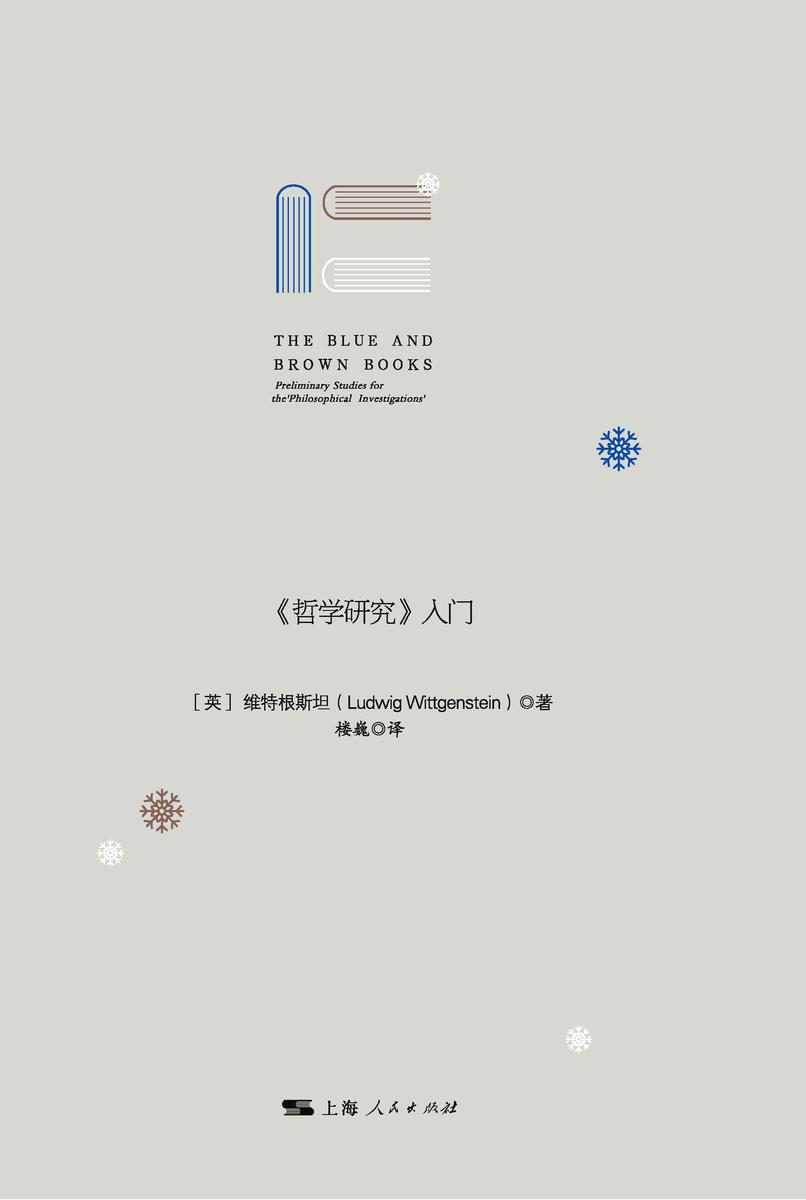
蓝皮书和棕皮书——《哲学研究》入门
¥29.99
《蓝皮书和棕皮书》是维特根斯坦于20世纪30年代向学生口述的一系列笔记,出版于1958年。本书提出并阐述了维特根斯坦后期哲学中的诸多主题。与《哲学研究》相比,本书的连续性更强,分析更细致,是更适合初学者阅读的辅助读本。在维特根斯坦看来,哲学问题或者哲学困惑的出现是因为人们对语言的使用出现了问题。他细致介绍了语言游戏理论,通过学习或者使用语言游戏,他希望能找到日常语言中的初始形式或者初始语言。维特根斯坦认为,正是因为哲学家们迫切希望效仿科学,并将人们的日常语言改造成科学化的哲学语言,各种各样的哲学问题才会出现。

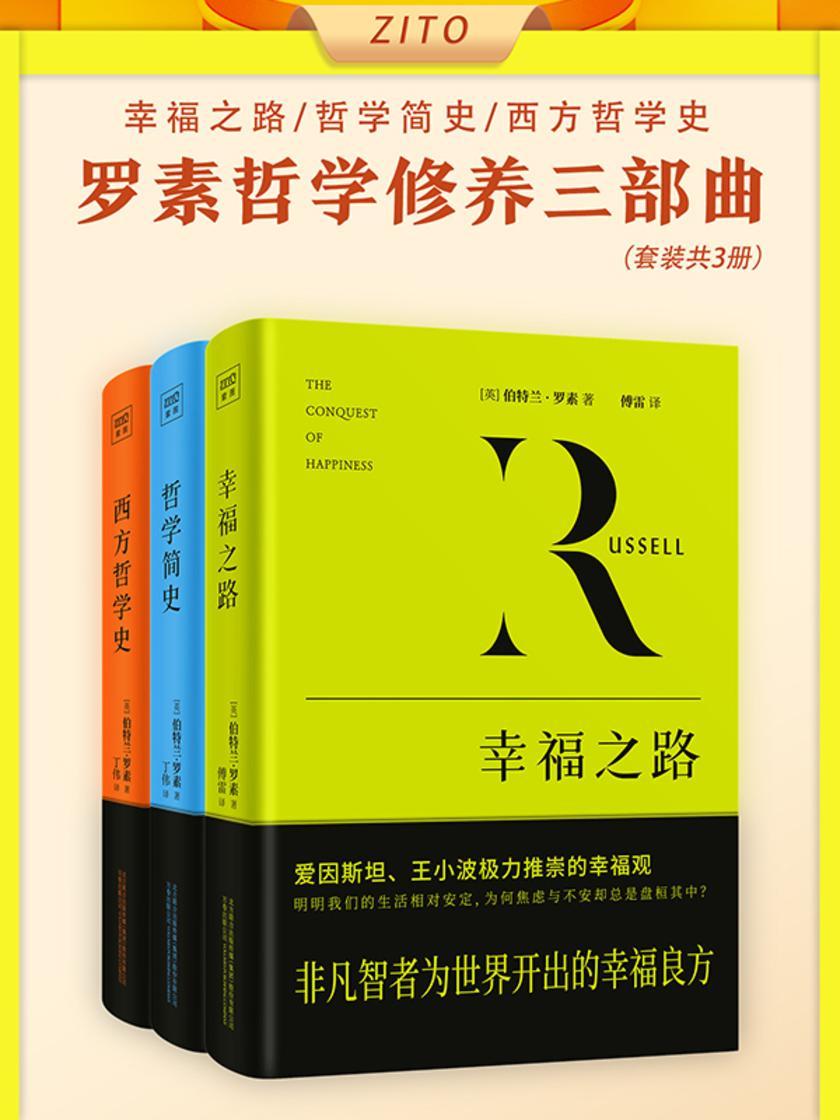
罗素哲学修养三部曲:幸福之路+哲学简史+西方哲学史(诺贝尔文学奖得主罗素代表性传世名作,思想大师写给大众的畅销经典!明哲保身,非凡智者为大众开出的幸福良方)
¥29.99
这套书包括诺贝尔文学奖得主罗素代表性的三本哲学著作,分别为《幸福之路》《哲学简史》《西方哲学史》,也是作者众多作品中很受国内读者喜欢的3本书。 《哲学简史》是作者写给大众的入门读物,从苏格拉底到维特根斯坦,与近百位哲学大师轻松对话! 《西方哲学史》是作者重要代表作、我国哲学史著作累计发行量无法超越的!一部既具有思想深度又具有文学才情的哲学史,影响世界的西方社会文化结晶,超越派别和意见冲突的时尚经典。 《幸福之路》是作者为大众写的一本以“幸福”为话题的通俗读物,从夫妻关系、亲子关系、职业生涯、个人爱好等方面谈论了获得幸福的见解,也谈论了嫉妒、自恋、无聊、孤独等心理因素对幸福的影响

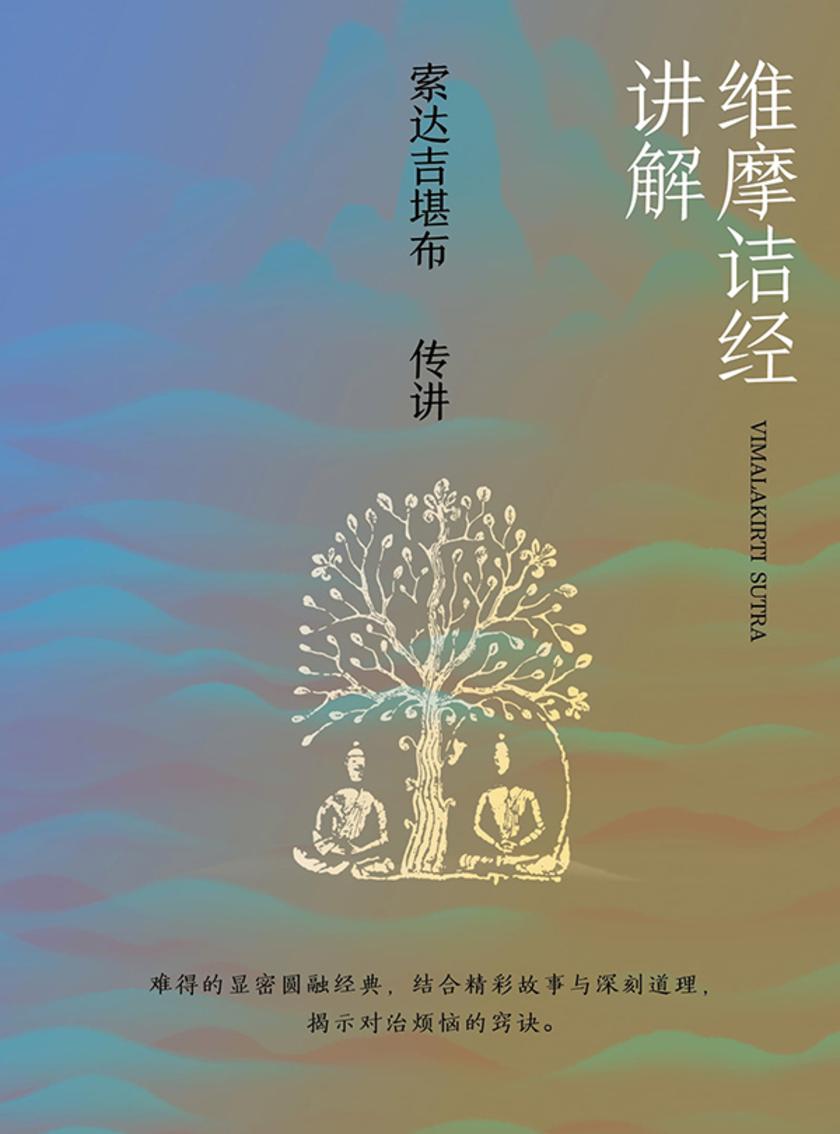
维摩诘经讲解
¥29.99
难得的显密圆融经典,结合精彩故事与深刻道理,揭示对治烦恼的窍诀。

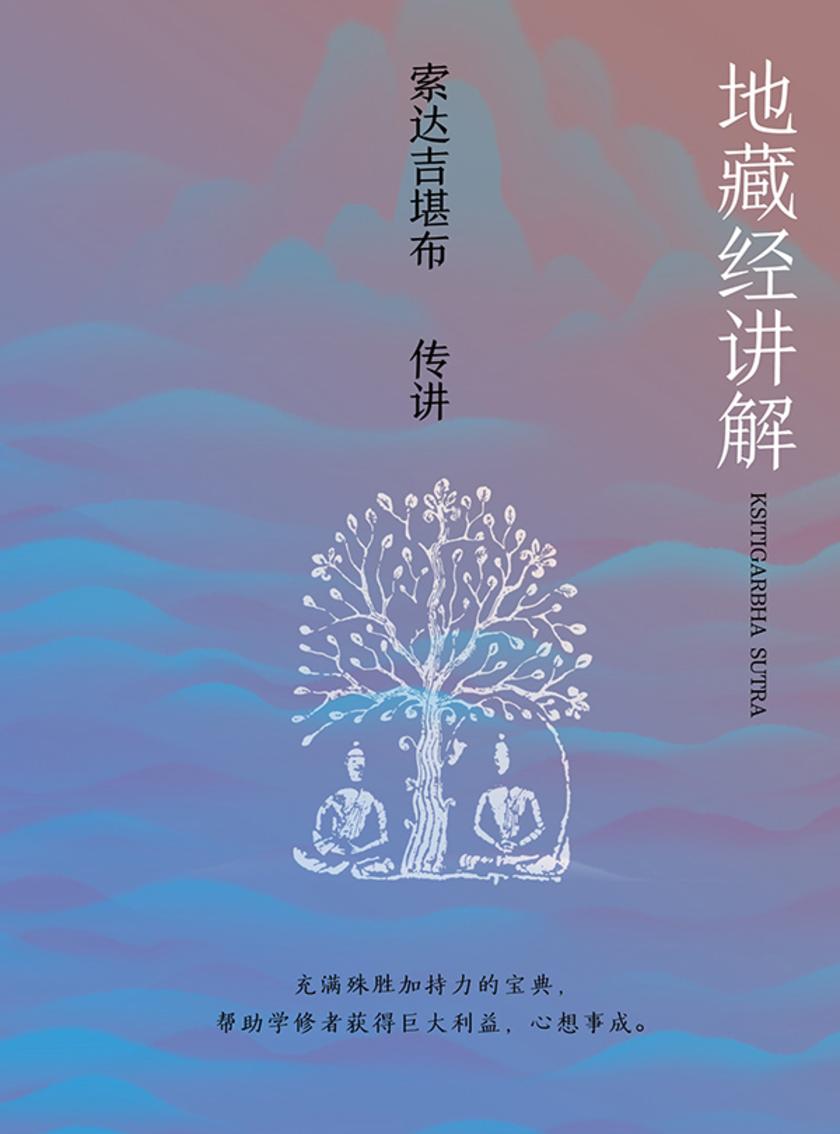
地藏经讲解
¥29.99
充满殊胜加持力的宝典,帮助学修者获得巨大利益,心想事成。

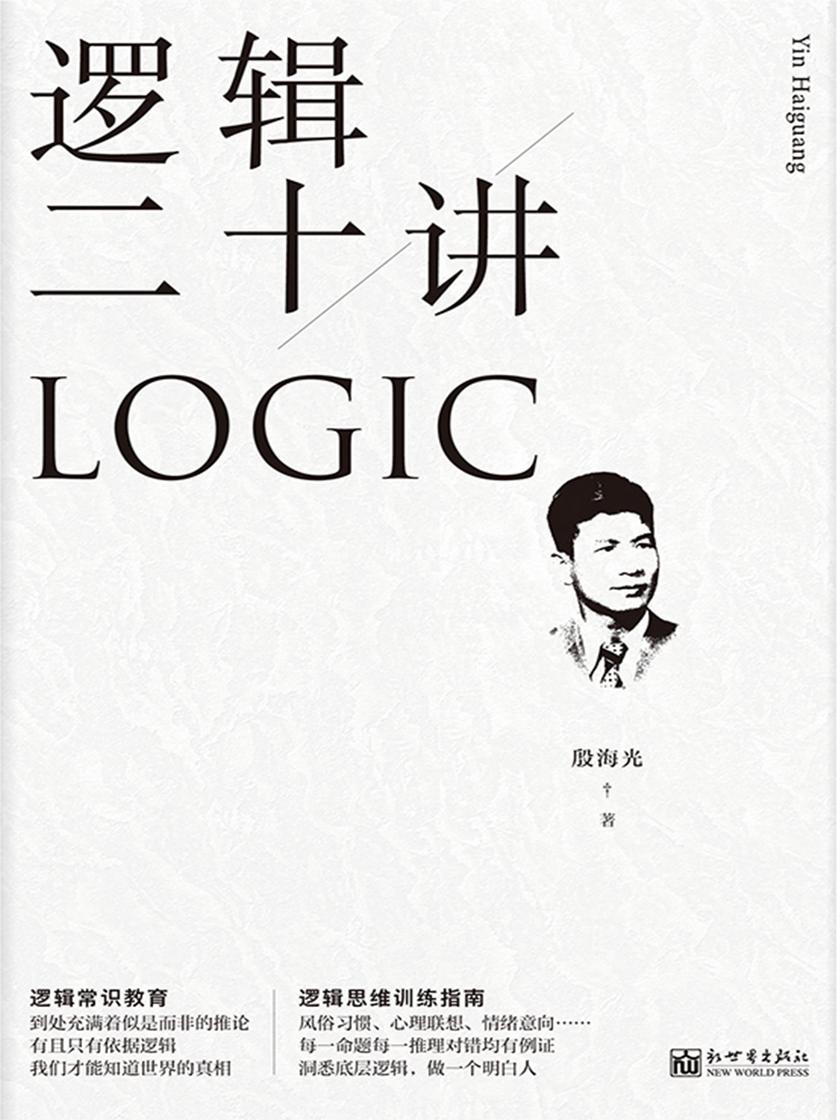
逻辑二十讲
¥29.99
《逻辑二十讲》作为一部通俗逻辑学著作,是殷海光先生多年从事逻辑教学与研究的结晶。本书以独创性的对话体裁,使逻辑初学者免于枯燥无味和不得门径之苦,循序渐,深浅出;对每一命题、每一推理之对错,均有例证,清晰易懂;同时注重严格的推论训练和逻辑的应用功能。唯有在中国大力普及和发展现代逻辑,培养独立思考的能力,培养辨别是非的能力,才能把人们的认知能力从思维圈层的束缚中解放出来,发现这个世界的真相。

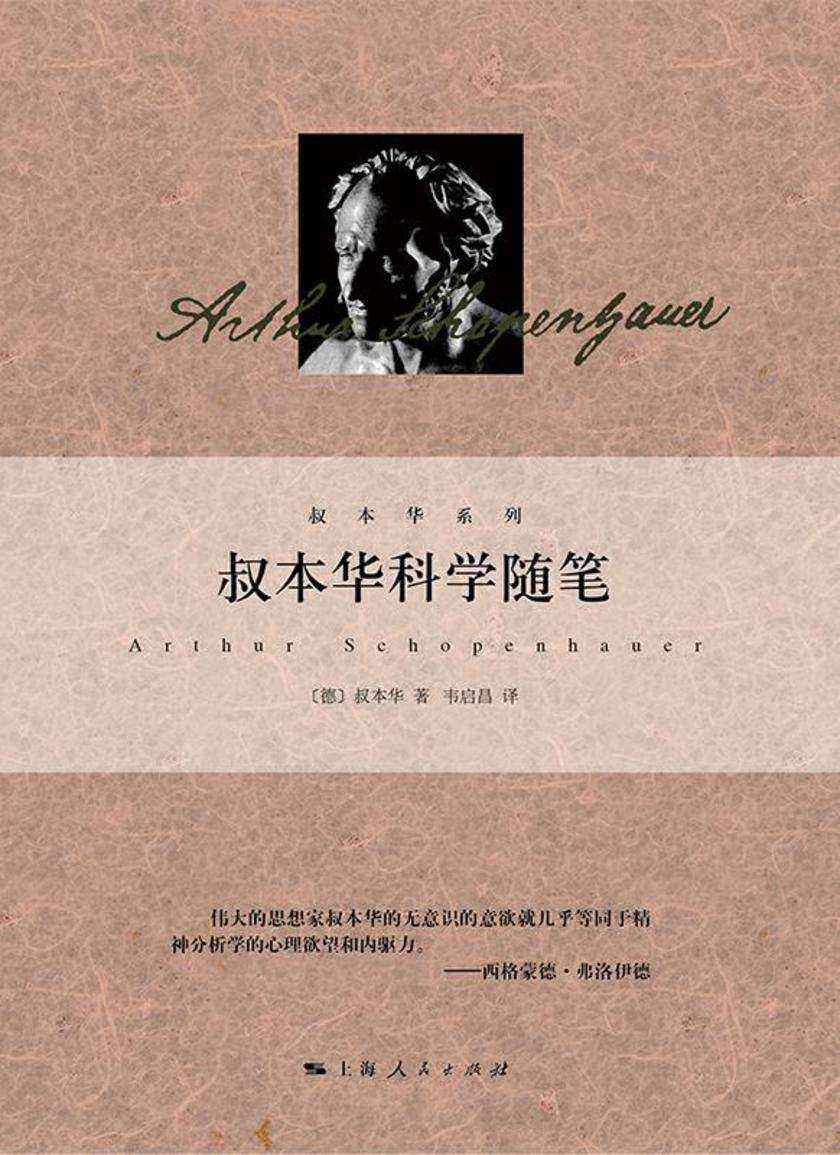
叔本华科学随笔
¥29.99
叔本华是德国哲学家,他创立了意志哲学,*个公反对理性主义哲学并创了非理性主义哲学的先河。他认为生命意志是主宰世界运作的力量,世界的本源是意志,世界只是意志的表象。物理学家埃尔温·薛定谔说过,叔本华是西方*伟大的学者。 本书搞汇集了叔本华有关科学的文章,集中展现了叔本华对大自然和各门具体科学的研究和分析,以此证明意志哲学具有科学性,是解释世界的真理。这些文章选自叔本华的主要著作《作为意欲和表象的世界》第2卷和《附录和补遗》第2卷,部分篇目是初次翻译。

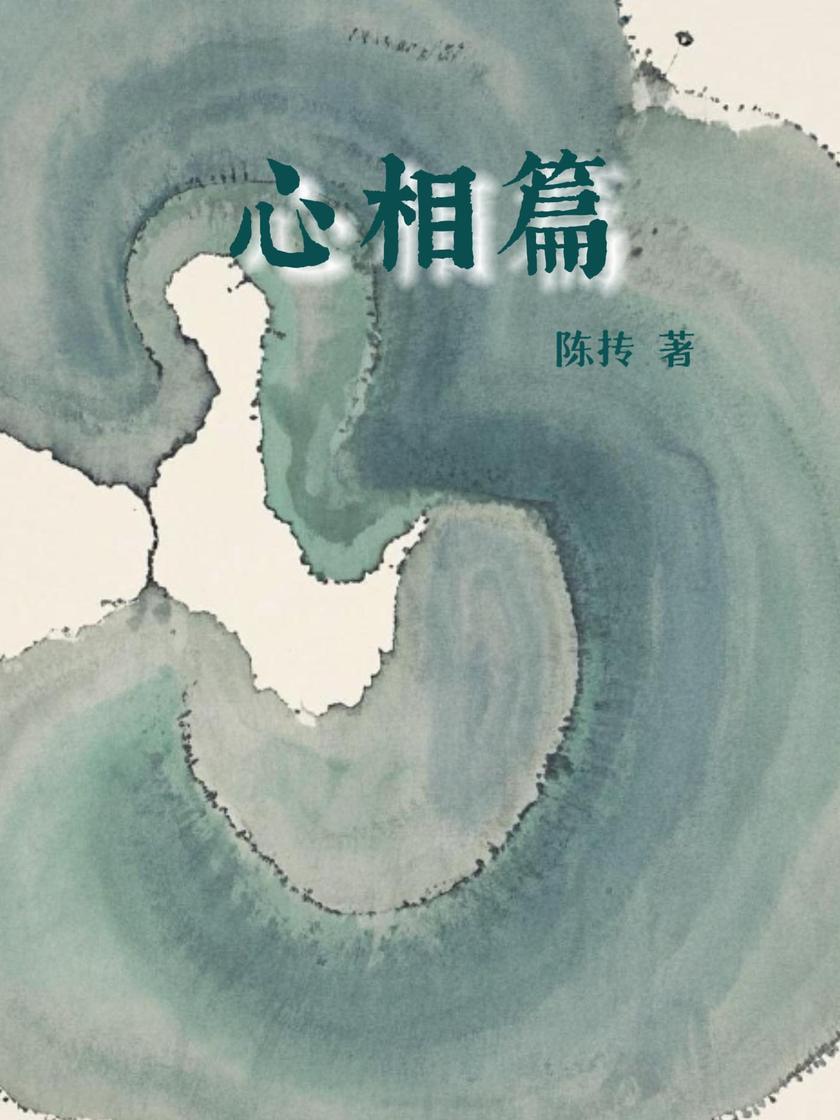
心相篇
¥29.99
《心相篇》是五代宋初道家学者、隐士陈抟所著的传世之作。该书以“相由心生”为核心思想,深刻剖析人心与面相的内在联系,通过审察人的心地和行为,洞察其善恶之性和祸福吉凶。书中不仅蕴含深厚的道家哲学思想,还兼具佛家《因果经》的韵味,引导人们修身养性,去恶扬善。陈抟老祖通过一系列生动的例子和形象的比喻,揭示了人性中的善恶两面及其对人生轨迹的影响,为后世留下了宝贵的智慧财富。

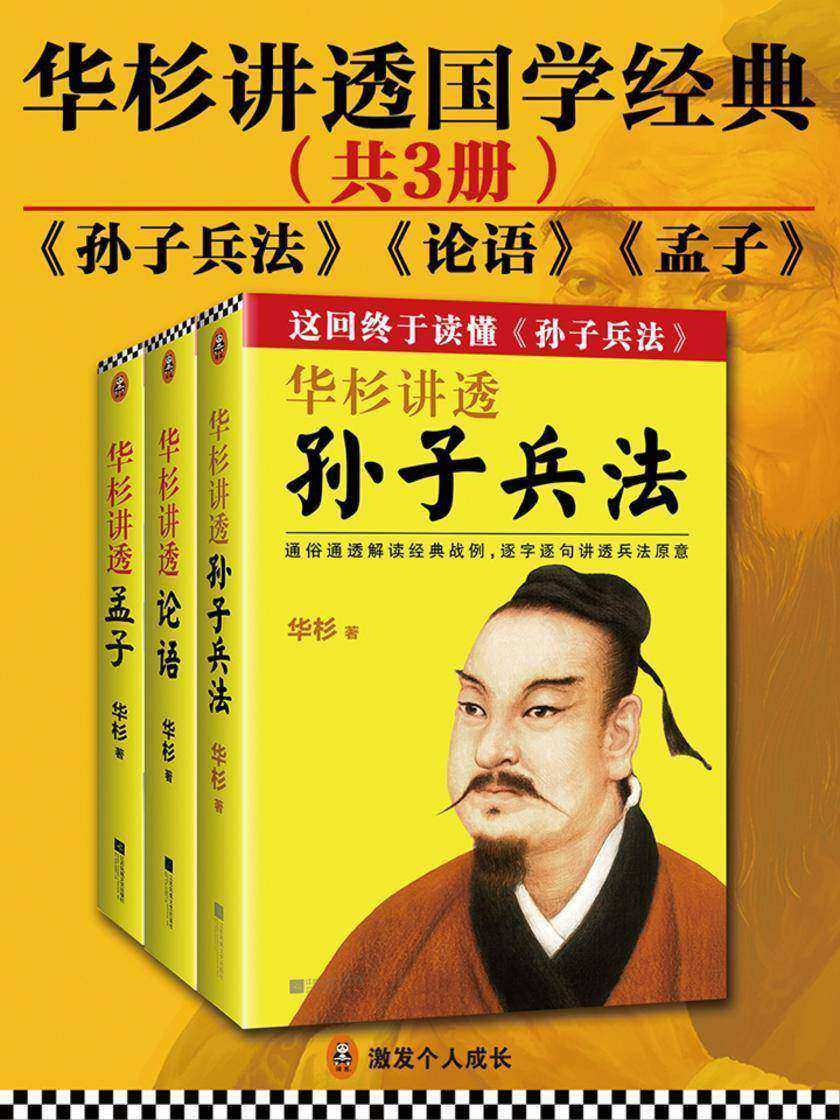
华杉讲透国学经典(共3册)
¥29.99
无需半点古文基础,直抵几千年国学源头!逐字逐句讲透经典原意。 套装共包括:华杉讲透《孙子兵法》、华杉讲透《论语》、华杉讲透《孟子》 华杉讲透《孙子兵法》 《孙子兵法》6111字,似乎每个字都艰深玄奥,让很多人望而却步;其实,只要抓住兵法的根本思想,就会发现处处豁然开朗、字字明明白白。 本书作者华杉,研究孙子兵法二十余年;在本书中,抓住兵法根本思想,通过155个经典战例,将《孙子兵法》的原意剖析得详尽透彻。同时援引2000多年来,解读《孙子兵法》的传世注家曹操、杜牧等11人的注解,从不同角度还原兵法原意。 全书通俗流畅,精彩纷呈;背水一战、围魏救赵等经典战例,更是讲解得令人身临其境,犹如置身战场上空,看交战双方兵马调动,浴血奋战,在震天的厮杀声中演绎着兵法的深邃思想。 翻开本书,直窥《孙子兵法》堂奥,既简单、又深邃、既朴实、又玄妙;开启一场通往智慧的非凡阅读体验。 华杉讲透《论语》 综合了朱熹、王阳明、曾国藩等先贤的经典阐释,用409篇轻松畅快的解读文章,带你回到2500年前孔子讲道理、讲故事的教学现场,平白如话,亲切有味,读起来毫不费劲。 即使你对文言敬而远之,也完全不了解先秦历史,但只要跟着华杉的解读,《论语》就字字明明白白。华杉钻研《论语》三十年,吃透了贯穿始终的“仁”的价值,融汇了历代注家刘宝楠、朱熹、王阳明、曾国藩对《论语》原意的不同解释。正本清源、深入浅出,把《论语》从春秋传承至今的修身齐家治国平天下大智慧,讲得让你豁然开朗。 翻开本书,无比顺畅地逐字逐句读懂《论语》原文,切身体会两千五百多年来,中国人得以修身养性、安身立命的智慧箴言。 华杉讲透《孟子》 孟子,被后世尊称为“亚圣”。他继承并发扬了孔子的思想,进一步把儒学完整化、系统化。他提出的“王道”的治国理想、“性善论”的道德价值、“不动心”的人生境界,都成为了中国文化的思想瑰宝。他的思想与孔子一起,被并称为“孔孟之道”,成为中国儒家道统的源头。 本书作者华杉,研究儒学三十多年。他吃透了《孟子》本义,并忠于朱熹、张居正、王阳明等先贤对于《孟子》的经典阐释,用现代人容易理解的语言,深入浅出地为我们进行孟子思想的“正宗”讲解。全书融会古今,通俗有趣,无需半点古文基础,就能把《孟子》读得明明白白、亲切有味。 ???? 翻开本书,逐字逐句读懂《孟子》原意,直抵2500年儒学源头!
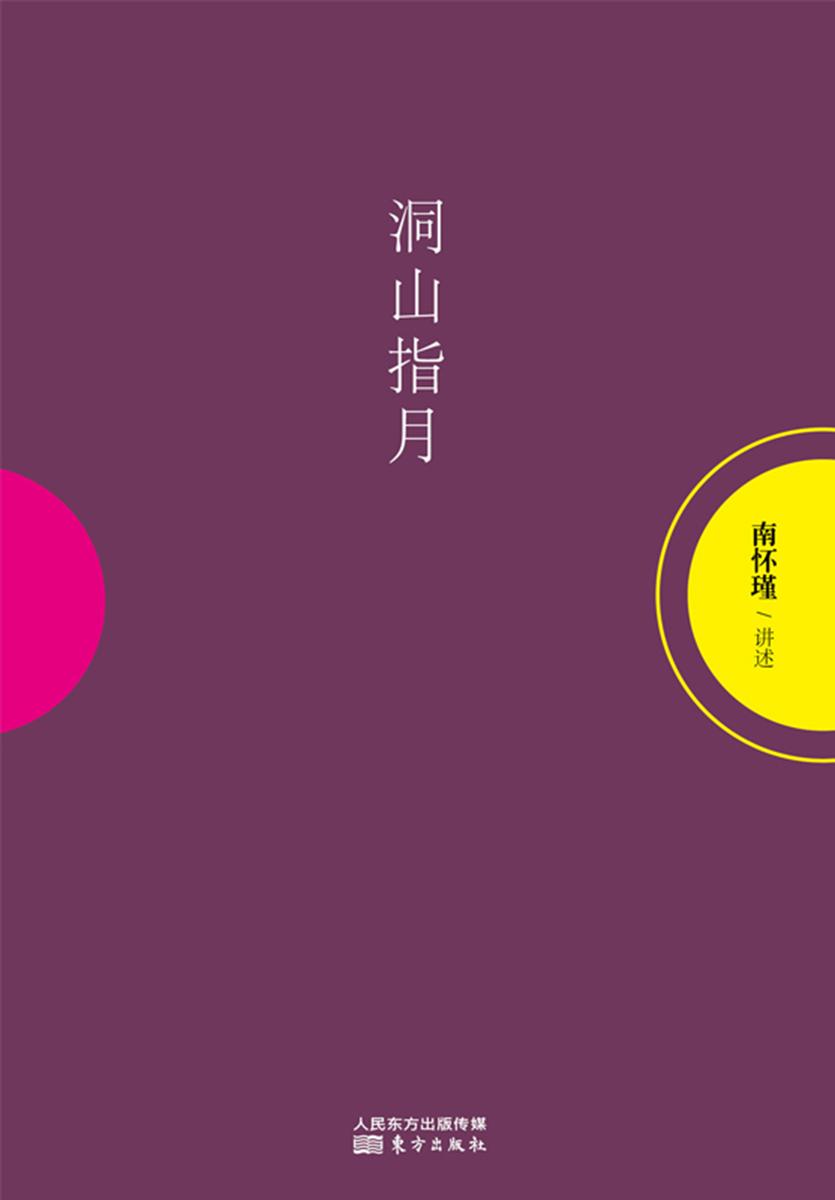
洞山指月(南怀瑾独家授权定本种子书)
¥29.99
《指月录》是明心见性、参禅悟道的典籍。2009年下半年,南怀瑾先生开始带领学人参研《指月录》,并对曹洞宗的特点、学术、修持和传承等方面作了重点研讨,本书即整理自当时的课堂实录,采用对话体。除了原文诵读和白话释义,课堂上以自由发言为主,听讲的学人或提出问题,或表达观点,先生则随时指点、点评。一路讲下来,先生不仅将禅宗的发展、演变脉络讲得非常详尽清晰,对话中更是常常暗藏禅机,如同古时禅师接引学人、对机说法,圣哲言、钵盂语兼而有之。

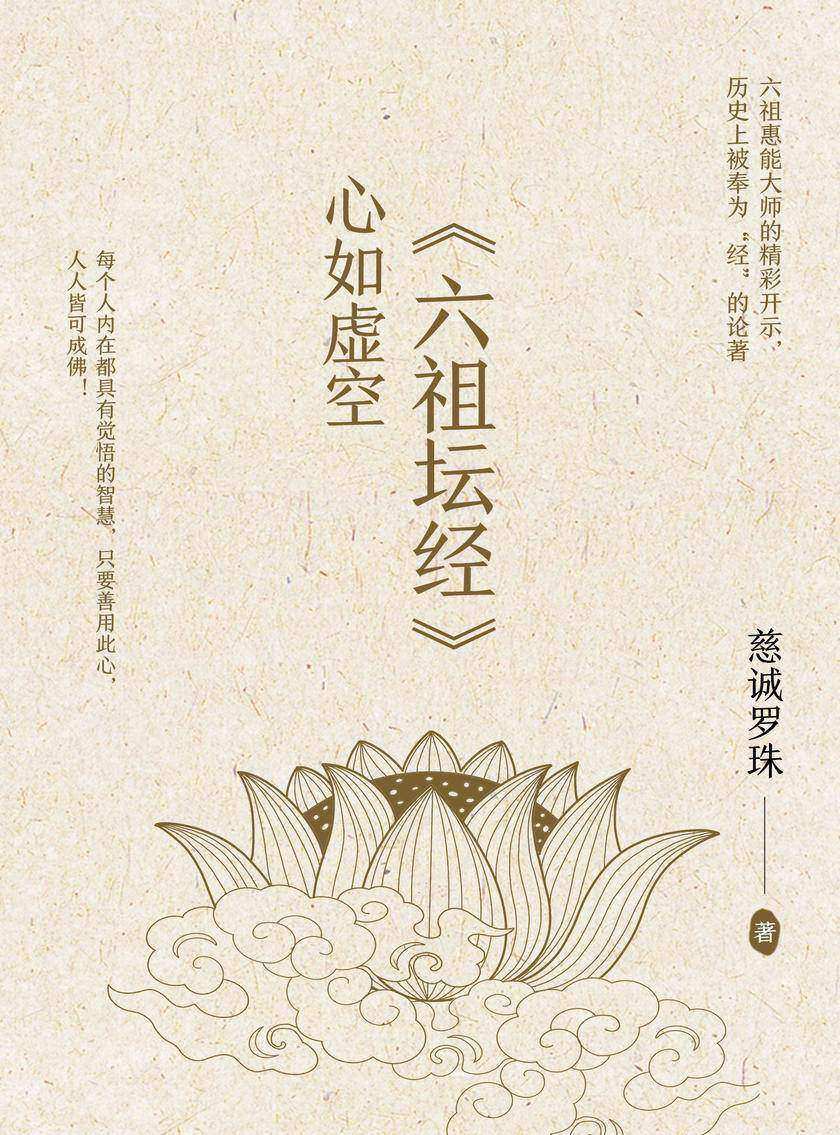
心如虚空——《六祖坛经》
¥29.99
《六祖坛经》记录了六祖惠能大师的精彩开示,篇幅虽短却意义深远,是历史上*被奉为“经”的论著,也是禅宗思想的重要依据,可见其地位之尊崇。全文简明有力、内涵丰富,清晰地为众人指明了心的本性,并告诉大家,每个人内在都具有觉悟的智慧,只要善用此心,人人皆可成佛! 国内外不少学者选择从文化、历史或学术等角度对《坛经》进行研究,本书则从显密结合的角度展开论述,并结合以具体的实践方法,为后学者们扫清障碍,使之能够顺利契入万法实相。 对于现代人来说,从《坛经》中汲取古老的智慧精华,可以帮助我们更深刻地认识自己、超越自己,摆脱固有思维的束缚,打开一个广阔无垠的新天地!

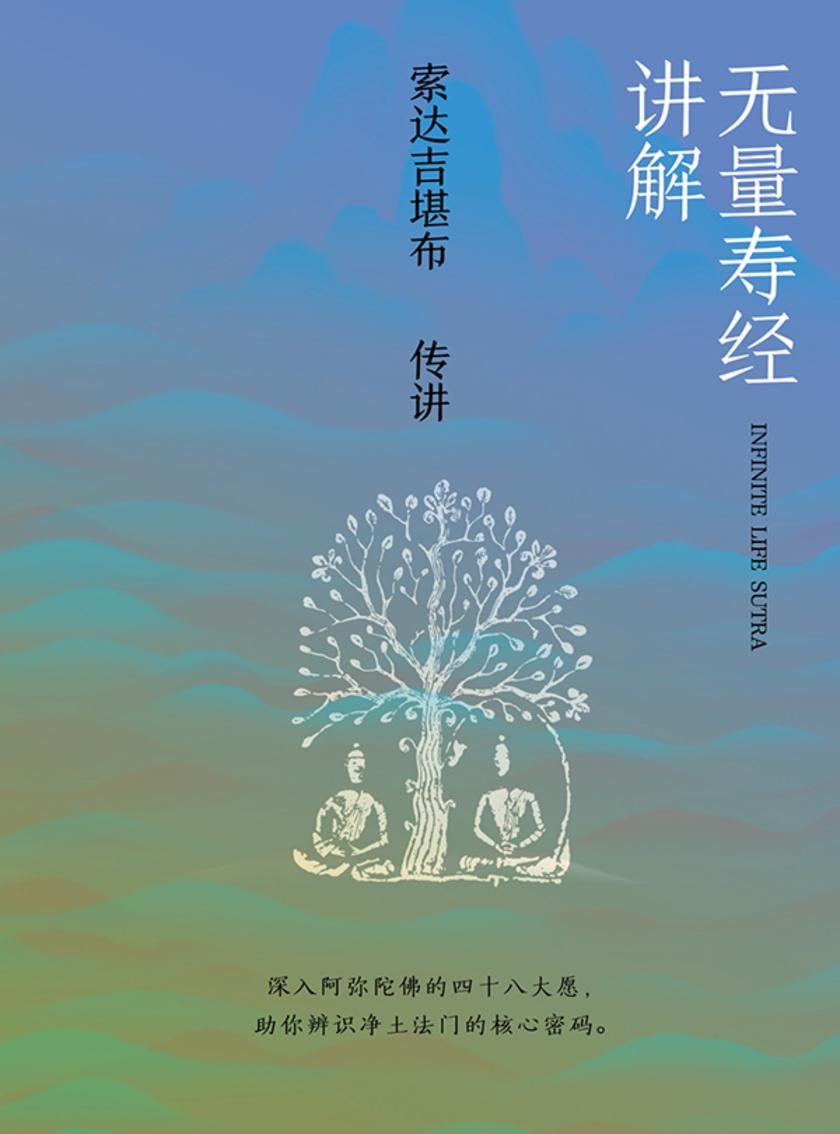
无量寿经讲解
¥29.99
深入阿弥陀佛的四十八大愿,助你辨识净土法门的核心密码。

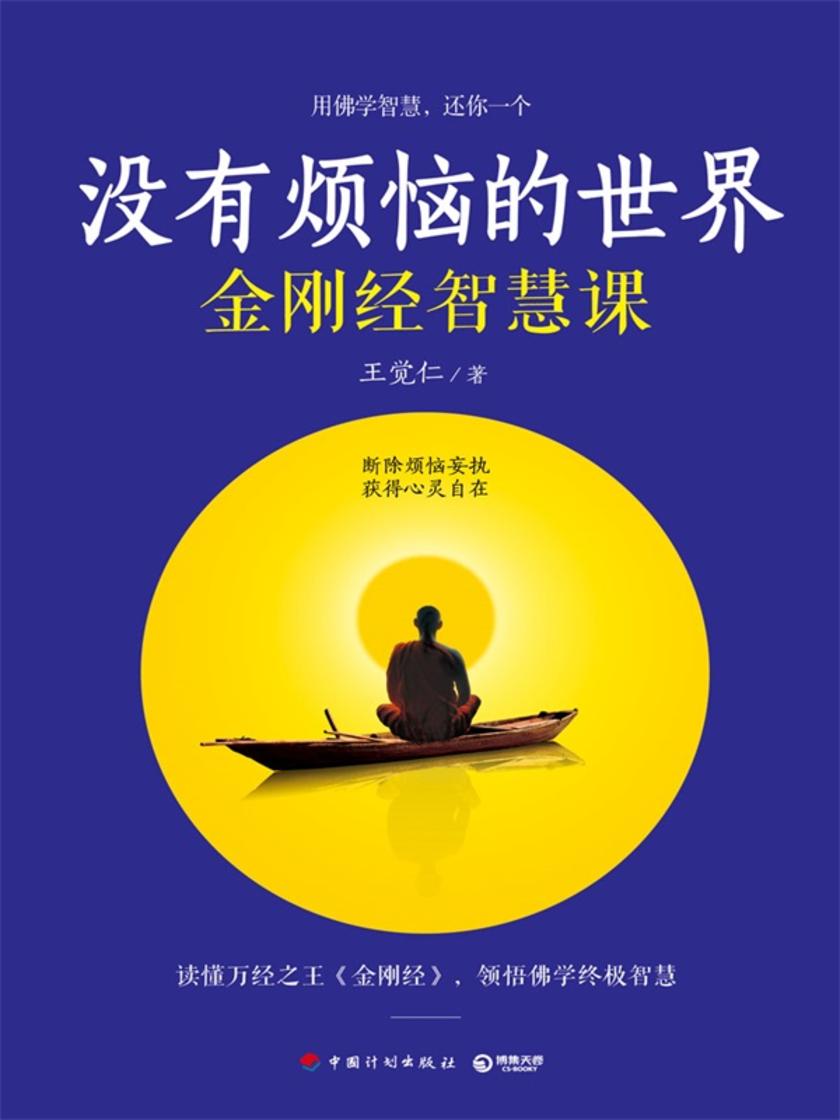
没有烦恼的世界
¥29.99
《金刚经》是大乘佛学*有代表性的经典,自古以来便享有“经中之王、诸佛之母”的盛誉。《金刚经》记载了释迦牟尼的讲法实录,全文5100余字,字字蕴含佛法精髓,句句都是人生真谛。 《没有烦恼的世界:金刚经智慧课》是一本用佛学智慧启迪人生的佳作。生活在今天的人们,常常感受到种种压力、疲劳、挫折、迷茫,读一读佛学经典,通过《金刚经》所传达的智慧和真理,可以涤净心灵的种种染污和尘垢,启本自具足的空性智慧,让心灵获得安宁自在,走一个没有烦恼的世界。

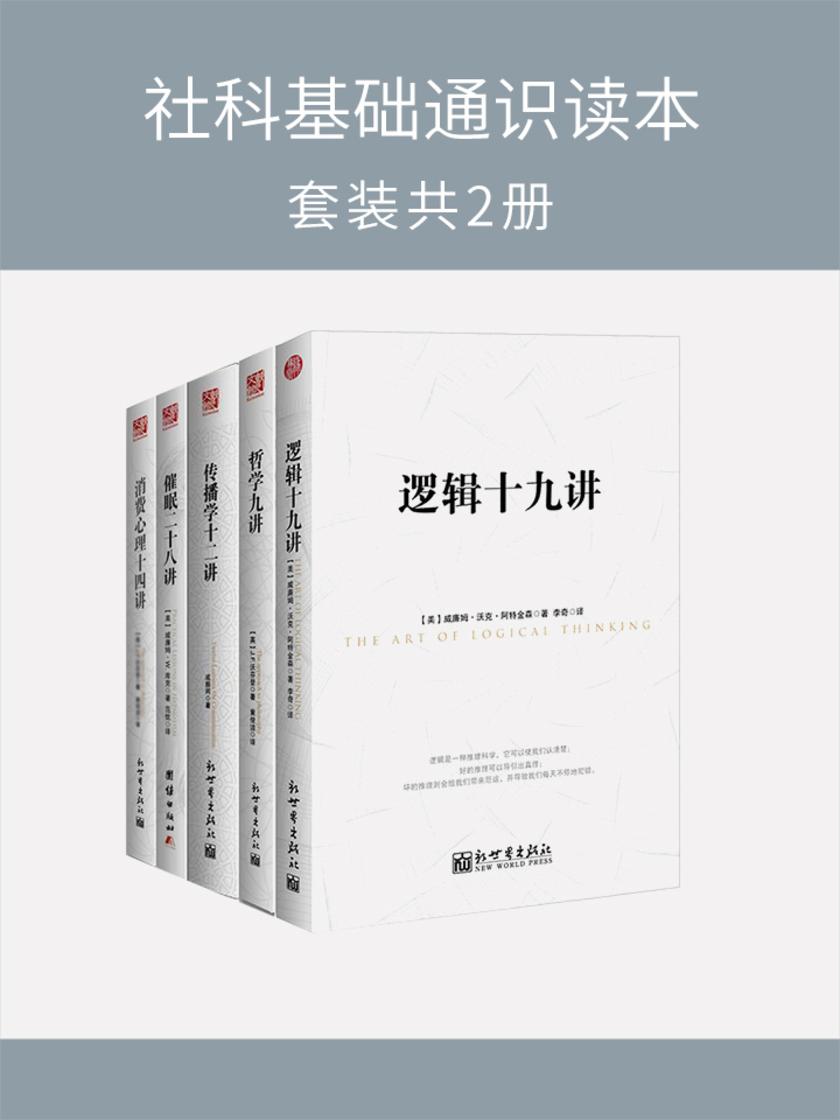
社科基础通识读本(套装共5册)
¥29.99
《哲学九讲》 :英国牛津大学哲学教授写给大众的哲学入门读物。哲学的根本问题是思维和存在、精神和物质的关系问题,人们在工作过程中通过对各种知识的概括学习和总结从而更好的更深刻的了解和认识自然、认识社会。哲学通常是研究根本问题的,这就需要对表面的问题进行批判的反思,通过这种反思更清楚的认识世界、了解人生。 《逻辑十九讲》 是美国著名思想家、作家、“新思想运动”之父威廉姆沃克阿特金森针对大众读者所撰写的一本逻辑学通俗入门读物。全书从逻辑学浅显的概念入手,用通俗和生活化的语言,系统、简洁地阐述了逻辑学基本的原则与思维方式。其中诸如推理、归纳、因果关系、真假命题、是非条件等专业术语,作者都进行了通俗易懂的解释,旨在让读者明白逻辑对于日常生活及普通思维、行为方面的价值和意义,并掌握简单的逻辑思维能力和推理能力,以扩展、提高读者的认识面和认知能力。 《催眠二十八讲》 详细地介绍了催眠术的发展历程,以及催眠术的使用方法以及对人类心理的影响力。通过本书,一般读者可以比较清晰地了解催眠术,并掌握基本的催眠知识。 《消费心理十四讲》 不讲授具体销售技巧,因为不同的销售形式有不同的操作技巧,故不可同日而语。《消费心理十四讲》关注的是所有销售的共同技巧和原则。众所周知,在不同形式的销售中,销售成功与否的影响因素具有共同性。这些影响因素的作用对象,归根结底就是消费者的心理活动。无论是说出一个词,还是写出或画出一个字,在购买活动发生前,消费者的心理活动都将经历几个阶段。书中将描述这些阶段心理活动的变化过程,并加以分析。 《传播学十二讲》 系统全面的介绍了传播和传播学的产生、发展以及其对人类社会和生活的影响。这其中,有传播过程和方式的解析,有主要传播学流派的介绍,有传播学在当今新时代的表现和影响等。本书注重理论的精辟,分析的透彻,是一本十分有普及价值的图书。

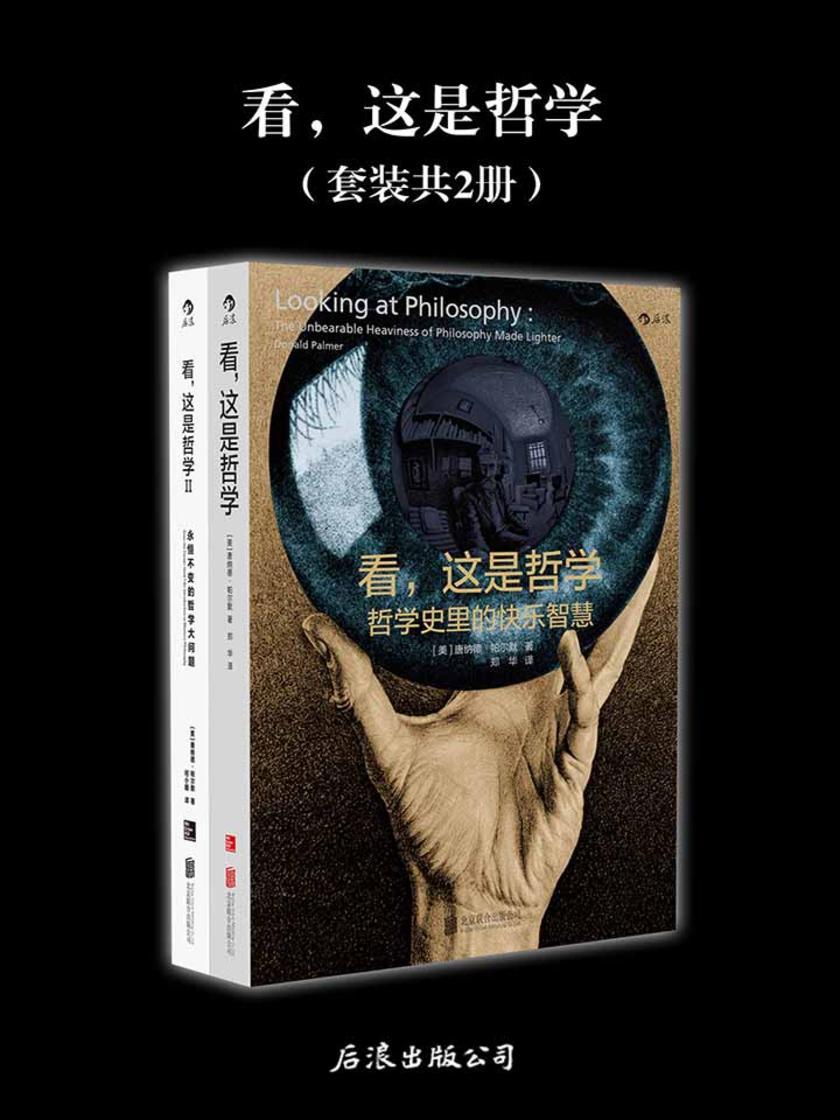
看,这是哲学(集结高校教授30年哲学导论教学心得,内含400余幅手绘漫画,轻松读懂永恒不变的哲学大问题!)(套装共2册)
¥29.99
《看,这是哲学》1:哲学史里的快乐智慧 本书是作者教授三十余年哲学导论和哲学史的教学心得之作,用轻松活泼的文风和四百余幅手绘漫画插图,对西方哲学史进行了简明易懂的概述。作者严肃地对待哲学,却又不那么郑重其事,用风趣幽默减轻了哲学难以承受之重,使哲学不再显得无聊难懂。本书自出版以来多次再版,广受读者欢迎,无论对于人文社科学生,还是普通大众,都不失为很好的哲学入门读物。 《看,这是哲学》2:永恒不变的哲学大问题 本书是作者执教哲学导论课程三十余年的心得之作,用轻松活泼的文风和四百余幅原创手绘插图,以“中心是否保持不变”为引导,对哲学中的“大问题”进行了深入浅出的梳理。作者严肃地对待哲学,却又不那么郑重其事,用风趣幽默减轻了哲学难以承受之重,让读者真正获得思考的快乐。作为哲学通识读物,无论哲学专业的学生,还是人文社科学生,甚或普通大众,都能从中有所受益并获得乐趣。

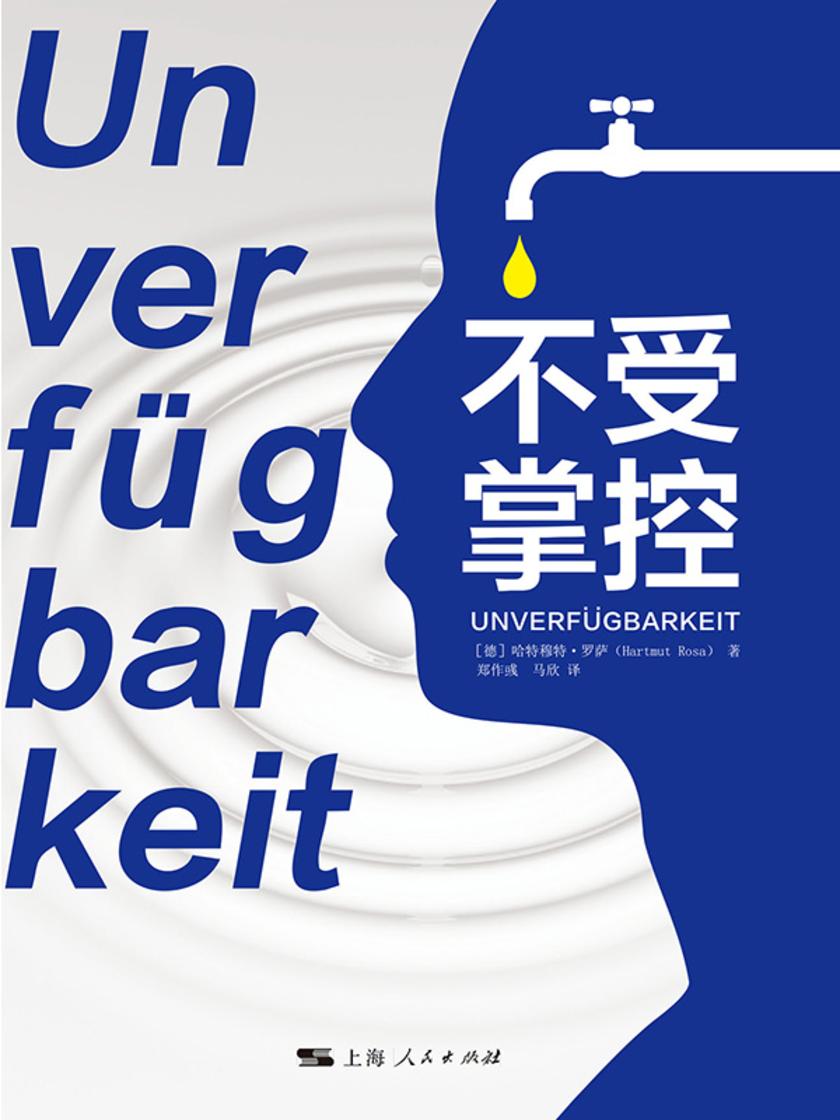
不受掌控
¥29.99
不期而至的雪、偶然瞥见的夕阳或听到一首老歌,带给我们的是感动、共鸣与惊喜。但这种感动通常是无法事先掌控的。在现代社会,科技的高速发展和全面数字化的浪潮却使人们觉得可以掌控一切。教师要提高学生的成绩、公司要考核员工的工作量、国家要确保经济总量的增长……无处不在的掌控或提升逻辑与渴望共鸣产生了激烈的冲突。困在其中的普通人,无时无刻不感受到强烈的异化或内卷。 如何破解迷局?罗萨认为,我们的日常生活就是在掌控与不受掌控的交互作用中展的,的掌控或“躺平”无法为自己带来共鸣与激情。人们在日常生活中要学会保持掌控与放手之间的平衡、破除数字迷信、激发共鸣能力,才能拥抱一个幸福的人生。

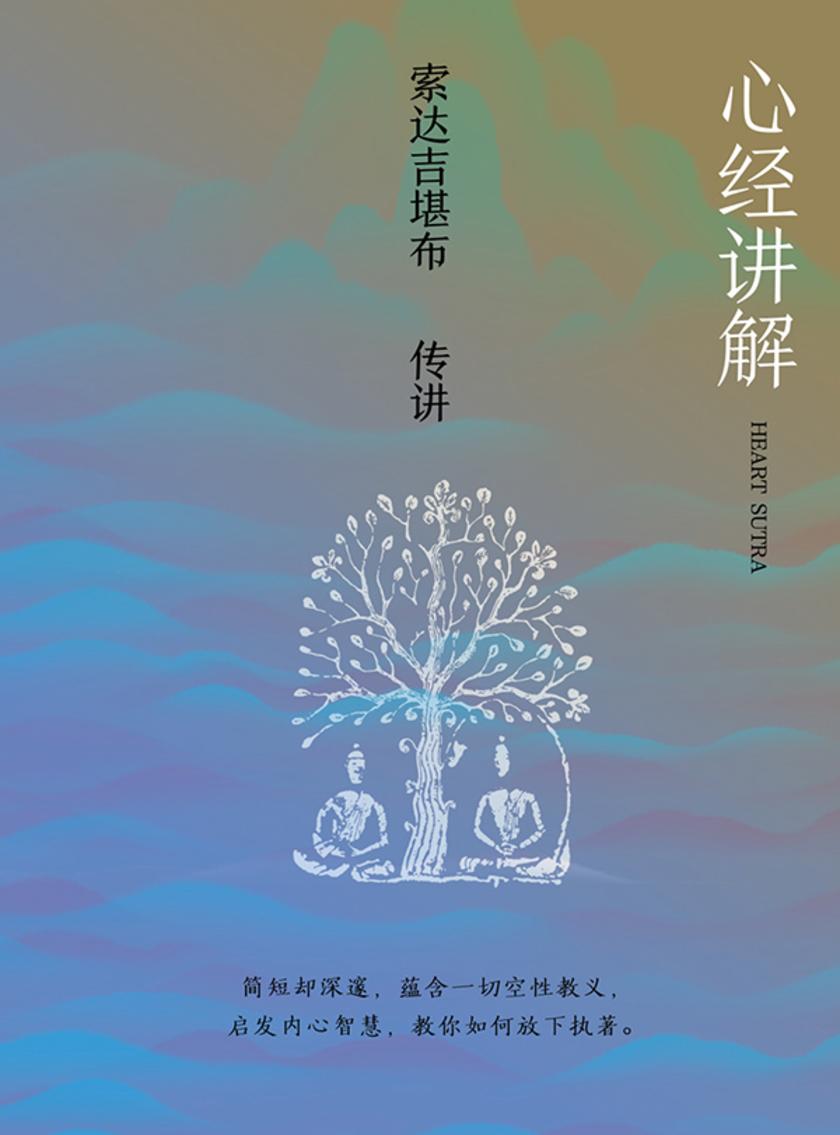
心经讲解
¥29.99
简短却深邃,蕴含一切空性教义,启发内心智慧,教你如何放下执著。

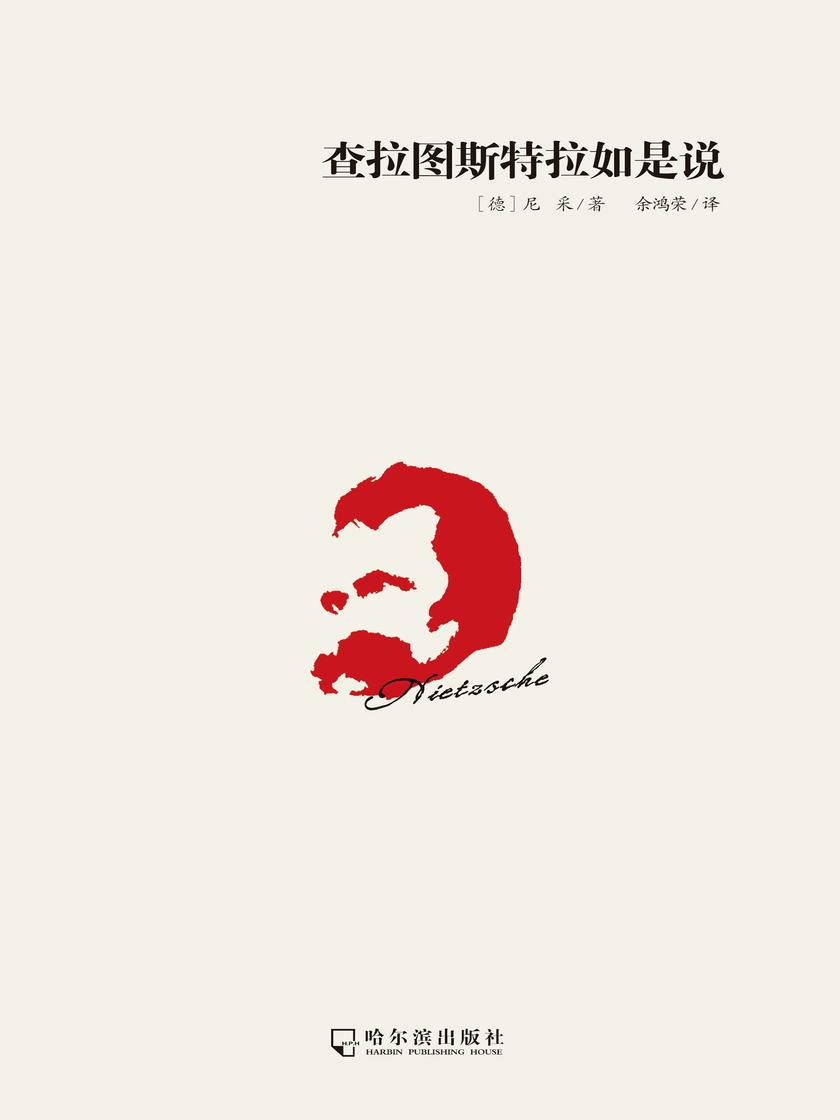
查拉图斯特拉如是说
¥29.99
《查拉图斯特拉如是说》是尼采里程碑式的作品,几乎包含了尼采的全部思想。全书以汪洋恣肆的诗体写成,熔酒神的狂醉与日神的清醒于一炉,用日神与酒神的象征说明了艺术的起源、本质、功用以及人生的意义。 尼采自称这是一本为那些兼有分析和反省能力的艺术家写的书,充满心理学的创见与艺术的奥秘,是“一部充满青年人的勇气和青年人的忧伤的青年之作”。


存在与解脱:四谛思想的智慧
¥29.99
“四谛”又称“四圣谛”,是佛经中所指的“真理”。佛教认为,人世间一切皆苦,即“苦谛”;欲望是造成人生多苦的原因,叫“集谛”;断灭一切世俗痛苦的原因后进入理想的境界,即“涅槃”,叫“灭谛”;而要达到*高理想“涅槃”境界,

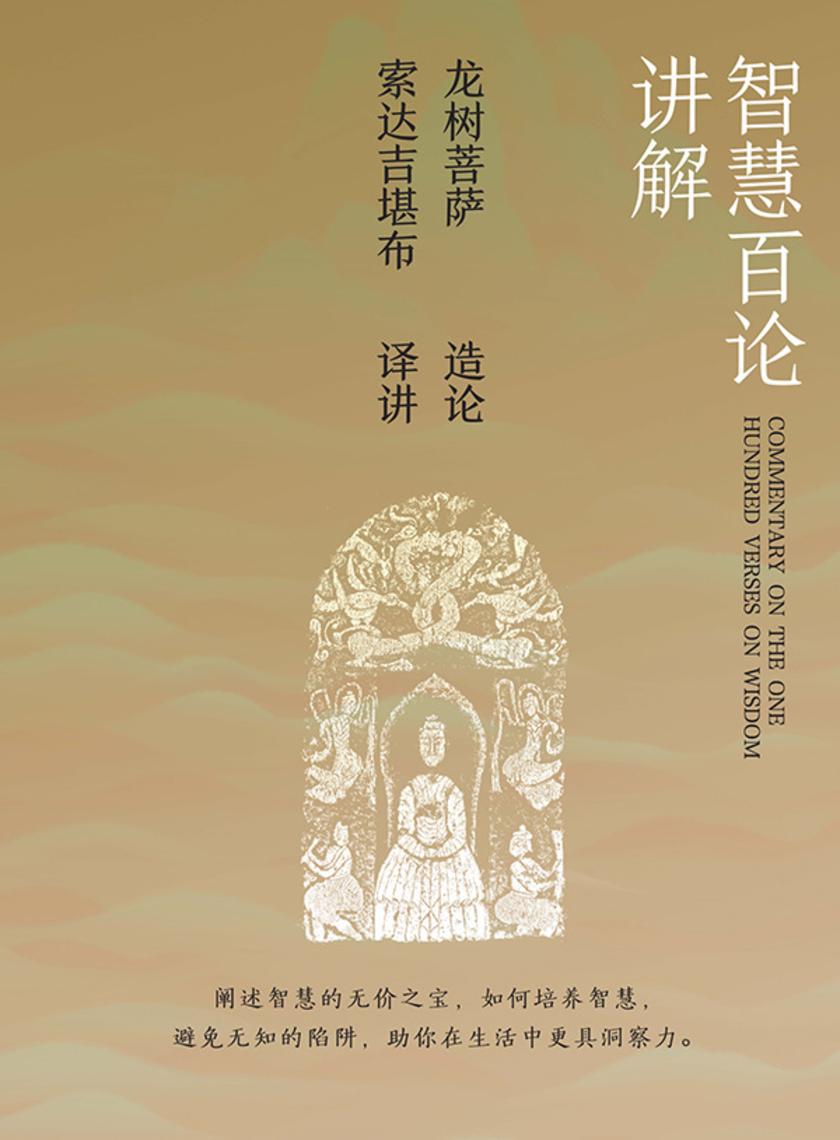
智慧百论讲解
¥29.99
阐述智慧的无价之宝,如何培养智慧,避免无知的陷阱,助你在生活中更具洞察力。

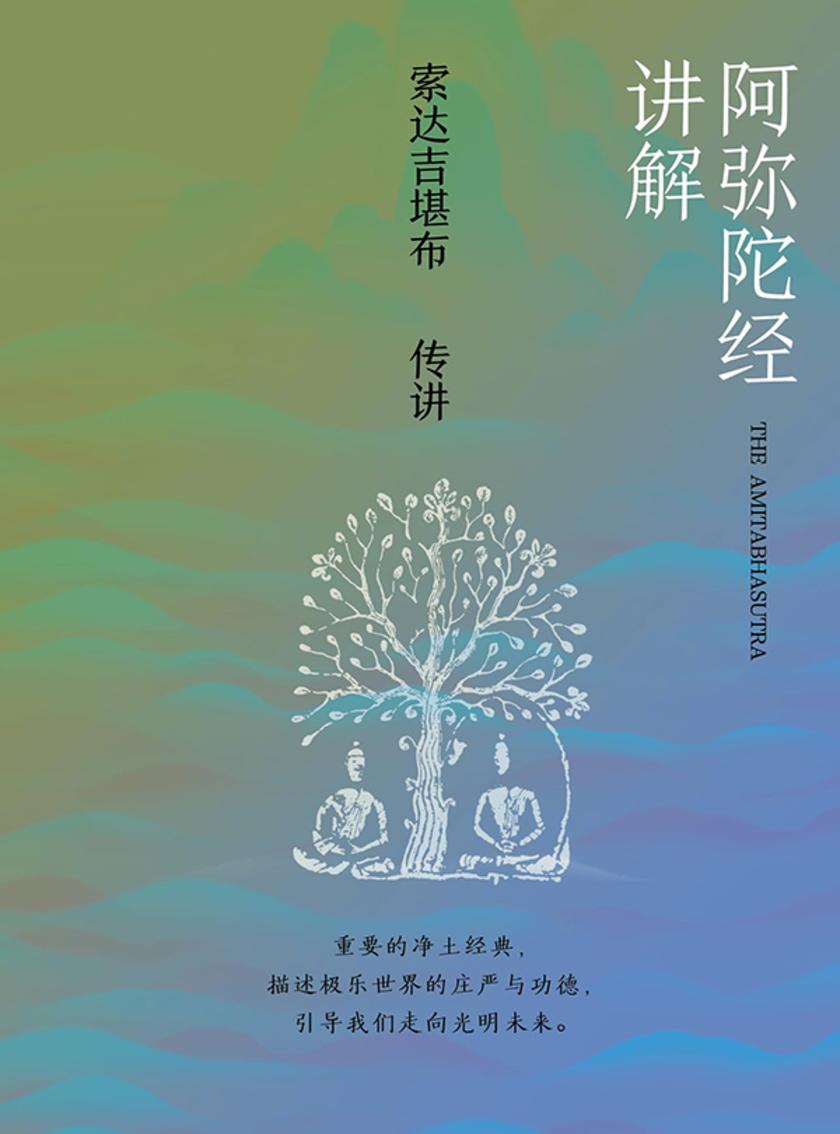
阿弥陀经讲解
¥29.99
重要的净土经典,描述极乐世界的庄严与功德,引导我们走向光明未来。

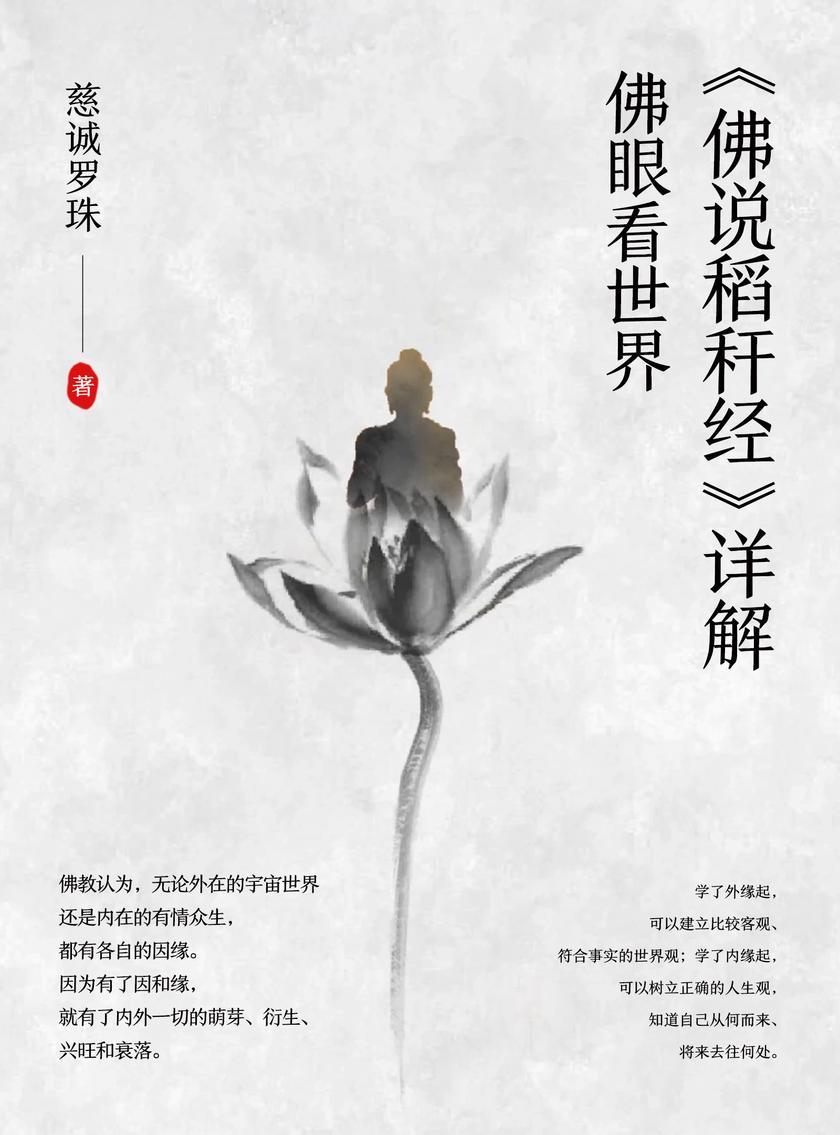
佛眼看世界——《佛说稻秆经》详解
¥29.99
本书宣讲了两个极为重要的思想:*,佛教的世界观——外在的因和缘;第二,佛教的人生观——内在的十二缘起。 佛教认为,这个世界不是由造物主或其他鬼神的力量在掌控,无论外在的宇宙世界还是内在的有情众生,都有各自的因缘。因为有了因和缘,就有了内外一切的萌芽、衍生、兴旺和衰落。 学了外缘起,可以建立比较客观、符合事实的世界观;学了内缘起,可以树立正确的人生观,知道自己从何而来、将来去往何处,也能明白所谓的“我”到底是什么。 本书如同一幅波澜壮阔的画卷,为我们细致地展示了宏观世界和微观世界,乃至超微观世界的奥秘。




 购物车
购物车 个人中心
个人中心



